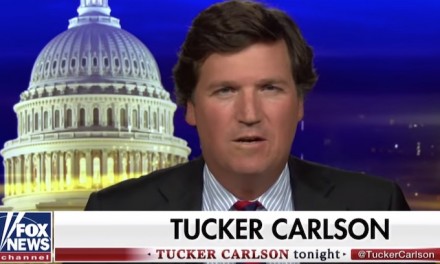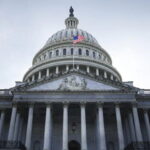Sweeping tax reform plans offered by Democratic presidential candidates Joe Biden and Sen. Bernie Sanders would adversely affect the U.S. economy by the end of the decade, an analysis by the non-partisan Penn Wharton Budget Model said Thursday.
The Democratic hopefuls’ plans have been hailed by both as mechanisms they would use to pay for investments in healthcare, infrastructure and climate change initiatives. The Penn Wharton Budget Model said in its studies, however, both would put a dent in the U.S. gross domestic product by 2030 — and still would not raise the kind of money both campaigns expect.
The Biden campaign said its proposal, which would significantly raise taxes for the top 0.1 percent of American earners, would generate $3.2 trillion over 10 years. The analysis by Penn Wharton, however, says the total would be more than a half-trillion dollars less — and fall between $2.3 trillion and $2.6 trillion.
The former vice president’s proposal will also raise the capital gains rate, reduce itemized reductions and create a minimum tax rate for corporations.
By the end of the decade, Biden’s plan will have cut the U.S. economy by 0.1 percent, Wharton’s study said, and will have the same effect by 2040. However, it would ultimately expand the GDP by the same amount, 0.1 percent, by 2050, the study noted.
“The Biden proposal has two opposing effects on the macroeconomy,” Penn Wharton said. “On one hand, reducing federal deficits increases investment, leading to greater capital accumulation and, therefore, increasing GDP. On the other hand, the increase in marginal tax rates discourage labor and savings. We project that these two effects are largely offsetting over time.”
Sanders’ plan includes a wealth tax, similar to Biden’s, that the Vermont senator says will generate $4.4 trillion over 10 years. The Wharton analysis says the actual result would fall well short — between $2.8 trillion and $3.3 trillion.
The study of Sanders’ plan said it would cut into the domestic economy even more than Biden’s proposal would — 0.8 percent by 2030, 1 percent by 2040 and 1.1 percent by 2050. Sanders has said his escalating tax rate, which includes up to an 8 percent tax on wealth of more than $10 billion, will help pay for his “Medicare for All” plan and other initiatives.
The Wharton study said such a plan to tax the ultra rich, though, would have unintended consequences for the American economy.
“The wealth tax discourages wealthier households from accumulating as many assets,” it said. “This disincentive to save outweighs the effects of deficit reduction, and the net effect is a 2.9 percent decline in the total capital stock in 2050. Workers become less productive as a result of the decline in capital, leading to a 1 percent decline in wages by 2050.”
Sanders and Biden are expected to face off again in the next Democratic primary debate in New Hampshire on Feb. 7. Before then, both will face their first real test from voters in the Iowa Democratic caucuses on Feb. 3.
Copyright 2020 United Press International, Inc. (UPI). Any reproduction, republication, redistribution and/or modification of any UPI content is expressly prohibited without UPI’s prior written consent.
—-
This content is published through a licensing agreement with Acquire Media using its NewsEdge technology.



















Recent Comments